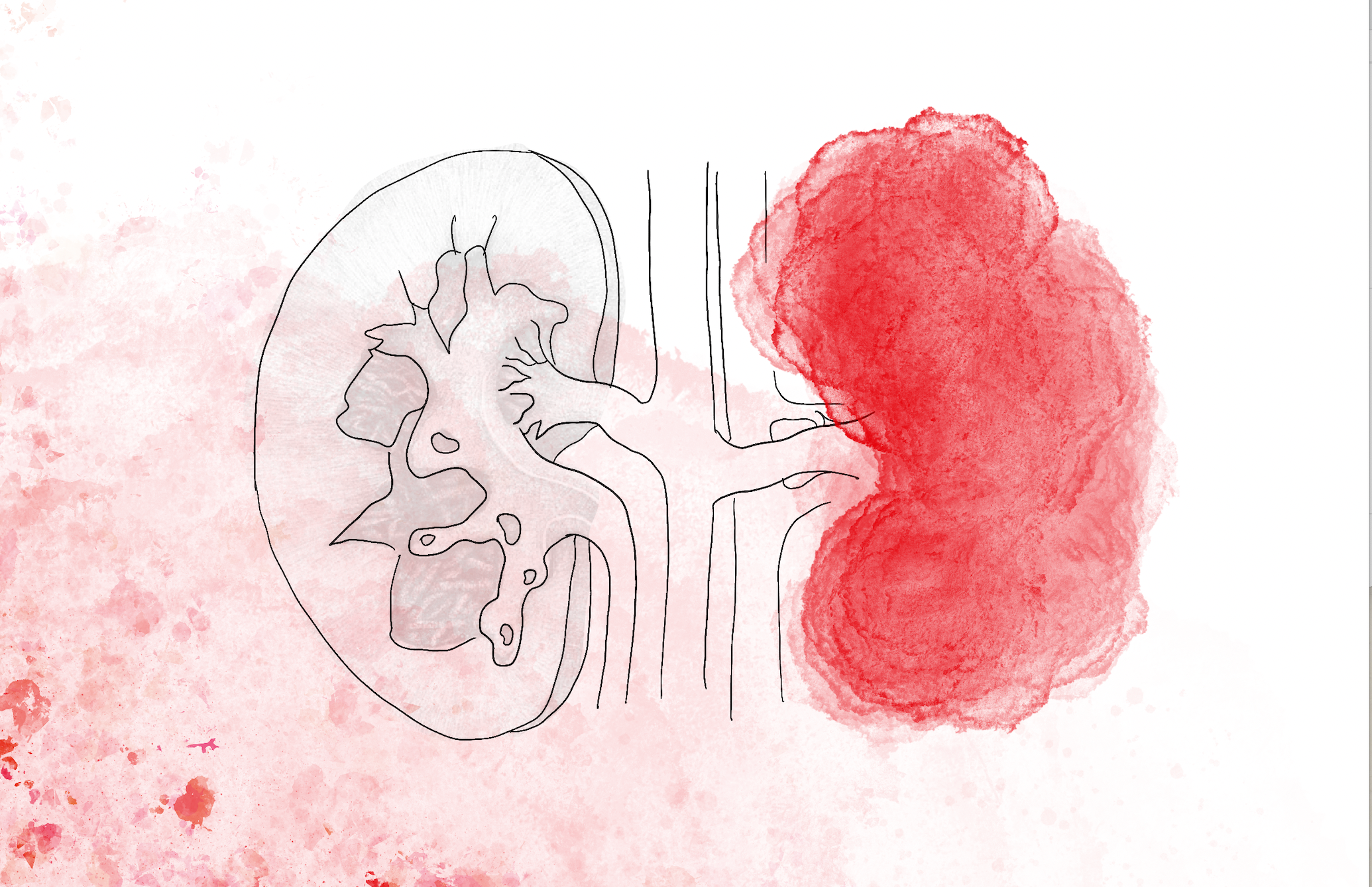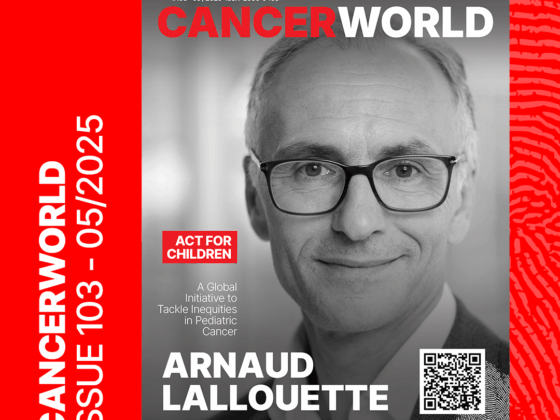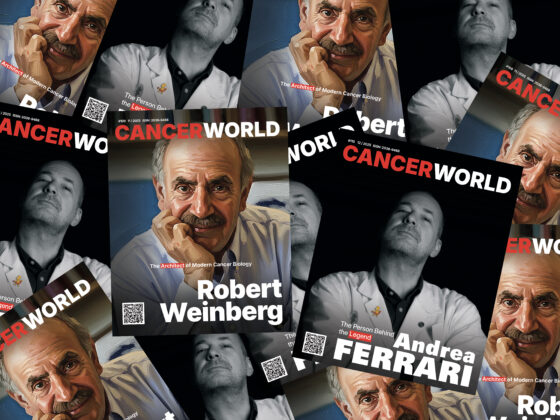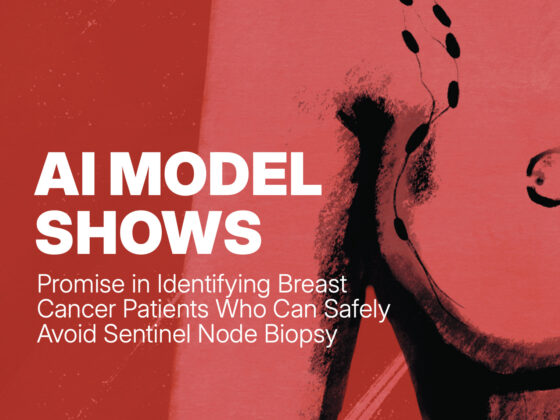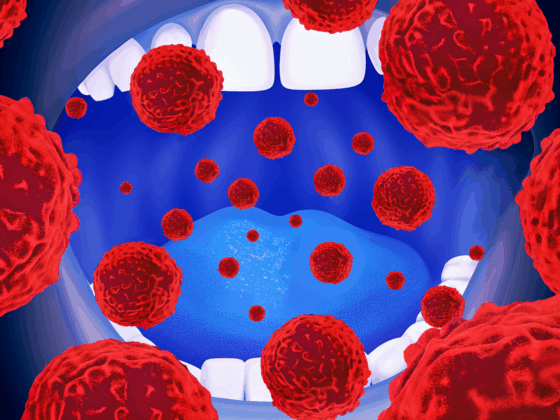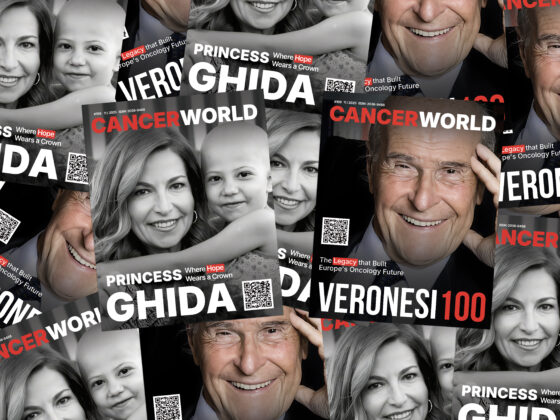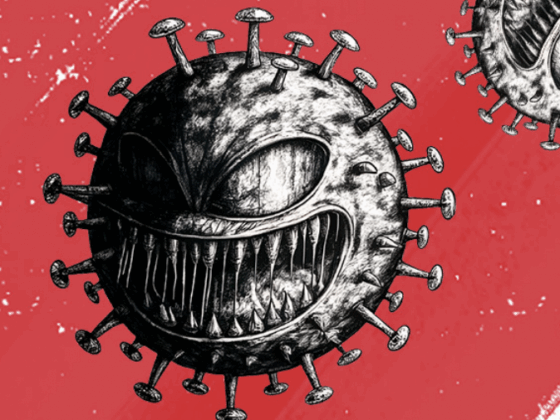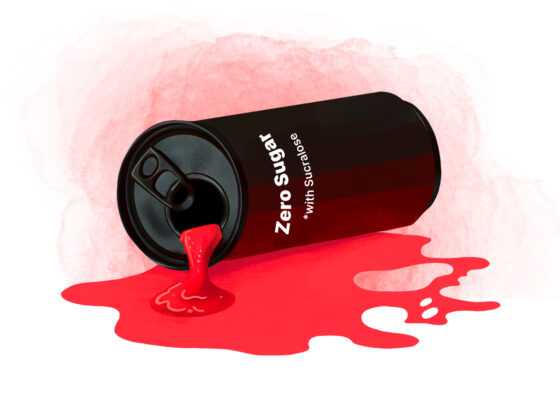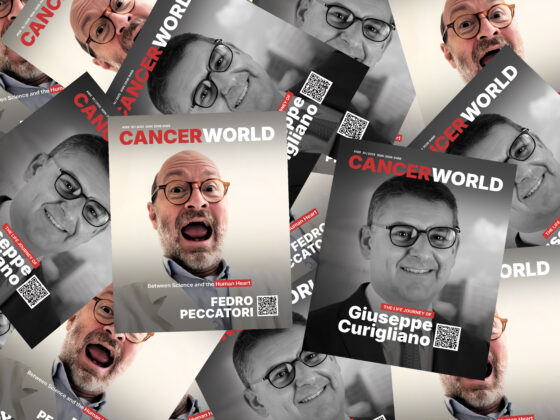Personalised neoantigen cancer vaccines (both with and without ipilimumab) elicited anticancer immune responses in nine patients with fully resected clear cell renal cell carcinoma. The investigator-initiated phase 1 trial, published in Nature, February 5 2025, observed no recurrences at a median follow-up of 40.2 months following surgery.
“In this study, we were really encouraged to be able to successfully manufacture the vaccine, administer it, and generate immune responses in all nine patients,” David Braun, the lead author, tells Cancerworld. For tumours with low mutational burden, such as renal cell carcinoma (RCC), he adds, having an immunologically effective vaccine poses an incredible challenge. “The strong, durable activation of T cells indicates that we are able to generate a long-lasting anti-cancer immune response with the vaccine, which can form the foundation for the development of future neoantigen vaccines in RCC.”
Clear cell RCC accounts for 80% of all kidney cancer subtypes. Standard treatment for patients with stage III or ‘oligometastatic’ stage IV disease is surgery to remove the tumour, followed by adjuvant immunotherapy with the checkpoint inhibitor pembrolizumab. The KEYNOTE-564 study, published in the New England Journal of Medicine last year, showed addition of adjuvant pembrolizumab following surgery was associated with a 38% reduction in the risk of death compared with placebo. However, two-thirds of patients will still experience recurrence, leaving limited treatment options.
Neoantigen vaccines, says Braun, offer the potential to transform the efficacy of immune therapy in patients with RCC. “In immune therapy, we often use the analogy of the immune system being like a car, where drugs work by taking the breaks off. But what they can’t do is tell the immune system where to go,” explains Braun, a kidney cancer specialist formerly at Dana-Farber and Harvard Medical School, and now a physician-scientist at Yale Cancer Center. The consequence of this lack of directionality, he adds, is that immune therapy fails to work for many cancer patients. “So, the question we asked was whether we could add in a therapeutic vaccine to steer the immune system against the tumour.”
Already in high-risk resected melanoma, a cancer type with a high tumour mutational burden (and consequently large numbers of potential neoantigen vaccine targets), a study in The Lancet last year showed the addition of personalised cancer vaccines to pembrolizumab reduced tumour recurrence or death by 44%. However, there have been reservations over whether the approach would work in tumours with low mutational burdens, such as kidney cancer. “When you have hundreds of thousands of neoantigens to choose from, as with melanoma, that’s a very different story from kidney cancer where there are only about 40 to 100 high-quality coding mutations per tumour,” says Braun.
The current study, led by Braun together with collaborator Toni Choueiri, Director of the Lank Center for Genitourinary Cancer at Dana-Farber and Catherine Wu, Chief of the Division of Stem Cell Transplantation and Cellular Therapies at Dana-Farber, addressed the question of whether a personalised cancer vaccine targeting neoantigens could decrease the likelihood of recurrence in patients with high-risk stage III and IV kidney cancer.
For each individual patient, the first task was to identify the neoantigens that distinguished tumour cells from normal cells in other parts of the body. Neoantigens can be defined as the proteins forming on the surface of cancer cells when certain mutations occur in tumour DNA. “Not all mutations result in neoantigens, and neoantigens are almost certainly different from person to person, even among patients with similar tumours, leading to the need to identify personalised targets for each patient,” explains Braun.
To develop the vaccine, the team collected tumour material from stage III and IV kidney cancer patients who had undergone surgery. Then, both tumour and blood samples underwent DNA sequencing, and the tumour underwent RNA sequencing, allowing investigators to identify tumour-specific mutations not present on cells in other parts of the body. The next step was to identify the mutations resulting in the formation of neoantigens. Once they had identified the neoantigens, they went on to use algorithms to predict whether each neoantigen represented a good immune target. “So, there’s a sort of funnel to identify the mutations, then the ones likely present at the protein level, and finally a very small number offering good immune targets,” explains Braun.
For each patient, after selecting up to 20 neoantigens, vaccines were synthesised as synthetic long peptides. The neoantigens were grouped into four separate ‘pools’ of up to five different neoantigens injected into four different sites of the body – the right arm, left arm, right leg and left leg. Additionally, vaccines were administered both subcutaneously and intradermally. “We decided to give the vaccine intradermally to take advantage of the huge reservoir of antigen-presenting cells present in the upper layers of skin, dermis and epidermis,” explains Braun. Four patients received only the vaccine, and five also received small doses of ipilimumab, administered subcutaneously adjacent to vaccination sites.
Results showed the team designed a median of 15 neoantigen-containing peptides per patient. Through a series of analyses, the team found that the vaccines induced an immune response (predominantly CD4+ with some CD8+) during vaccination; that the number of vaccine-induced T cells increased by a mean of 166-fold; and that T cells remained in the body at high levels for up to three years. No major differences were seen between patients who received ipilimumab and those who did not.
Seven out of nine patients were successfully vaccinated with a peptide that contained a neoantigen derived from a cancer driver mutation, including common RCC gene mutations in VHL, PBRM1, BAP1, KDM5C and PIK3CA. “This is important because driver genes are typically critical for the function of cancer cells, and so it is much more difficult for cancer cells to evade the immune system after ‘losing’ these targets,” says Braun. In future, he adds, they will ‘weight’ the algorithm towards these mutations.
In vitro studies also showed vaccine-induced T cells were active against samples of the patients’ own tumour cells that had been harvested during surgery. “Since none of the patients experienced a cancer recurrence, it was important to demonstrate that vaccines were capable of having a direct effect on the tumours,” says Braun.
The most common adverse events were low-grade injection site reactions (in 100% of patients) and transient flu-like symptoms in eight out of nine patients. No patient experienced grade 3 or higher dose-limiting toxicity. This lack of toxicity contrasts to the New England Journal of Medicine study last year, which found that 18.6% of kidney patients given adjuvant pembrolizumab encountered grade 3 or higher toxicity, and 21.1% discontinued treatment due to side effects.
“Our study revealed several notable observations. First, despite RCC being a tumour with low mutational burden, we successfully manufactured a multi-epitope vaccine for every patient enrolled in the trial. Second, most of the patients received a vaccine against neoantigens derived from mutations in major RCC driver genes, and these were highly immunogenic,” conclude the authors. The current study has provided the rationale for a phase 2 study (NCT06307431) to compare the combination of V940 (a messenger RNA vaccine) plus pembrolizumab to placebo plus pembrolizumab as an adjuvant treatment in 270 patients with RCC. The trial, which is run by Merck and Moderna, with both Braun and Choueiri on the scientific advisory committee, and started enrollment last year, will include a bespoke vaccine with up to 34 different neoantigens.

